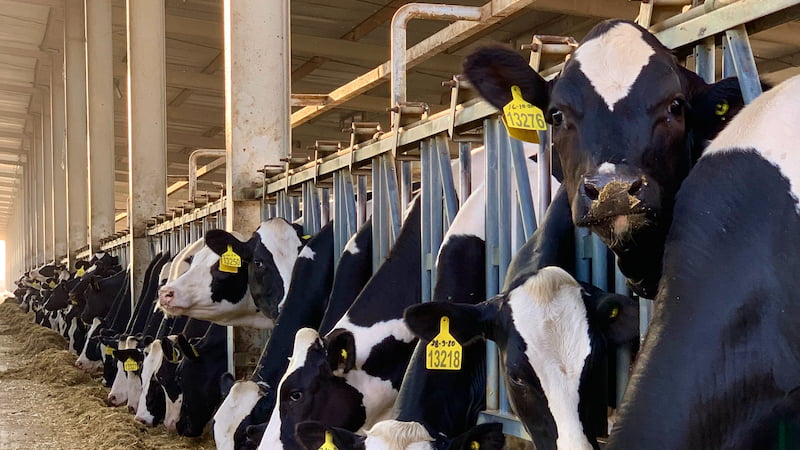
Agriculture spends around 5 billion US dollars on antibiotics in animal husbandry worldwide. It follows a relatively general approach. Because farmers give the animals medication before they get sick. An artificial intelligence should now remedy the situation and reduce the use of antibiotics.
Agriculture has changed massively. While many processes were still manual a few decades ago, more and more farmers are automating their processes and work. This also has dramatic effects on animal husbandry. Because many companies continue to cradle dozens of animals in a small space in order to be profitable.
For this to work, it also requires a high use of antibiotics. Because the more animals there are in one pile, the higher the risk of disease spreading. The use is a relatively simple cost-benefit calculation.
If farmers take the risk and only give antibiotics to selected animals, the chance of an undetected outbreak increases. As a result, the cost per animal increases to about $61.
Antibiotics in animal husbandry: AI should reduce use
Therefore, it is considered widespread to simply administer the drugs to all animals. Ultimately, however, this increases the likelihood that antibiotic-resistant bacteria will spread – one of the greatest risks for animals and humans. However, artificial intelligence could be a possible solution.
Because computers can often find out whether an animal is developing diseases based on simple changes in behavior. To do this, an algorithm monitors the eating, drinking and general behavior – of cows, for example. If behavior changes, the AI sounds the alarm and recommends the use of antibiotics or other medication.
AI brings benefits to agriculture and the environment
The mass of antibiotic-resistant germs could decrease by up to 39 percent. At the same time, farmers also benefit, since fewer antibiotics are required and costs are reduced in the long term. And then there is the environmental aspect. Because fewer drugs also mean fewer residues in waste water or by-products.
The development of such AI models is currently still in its infancy. It is therefore unlikely that it will be used in the next few years. Nevertheless, such a system could transform agriculture in the long term and contribute to the more economical use of resources.
Also interesting:
Source: https://www.basicthinking.de/blog/2023/01/25/ki-landwirtschaft/


